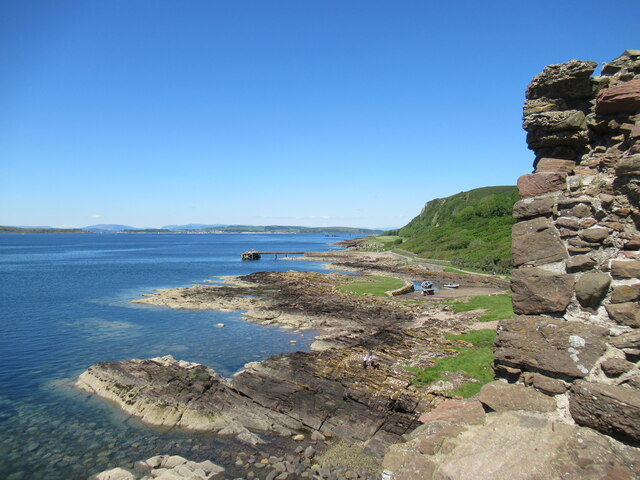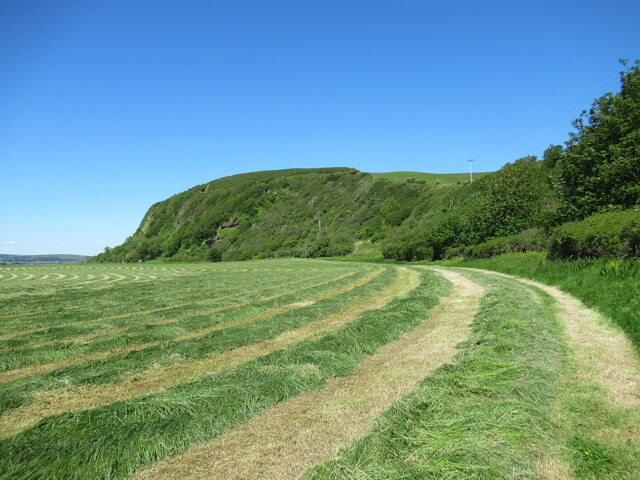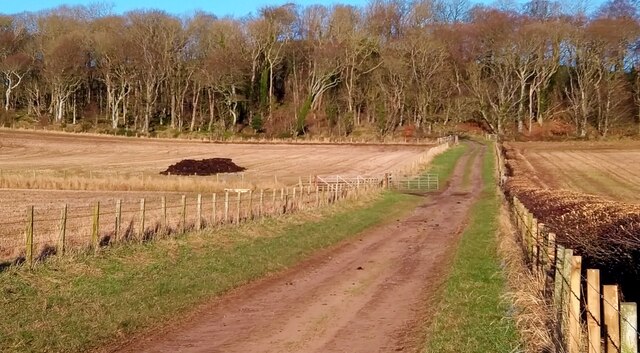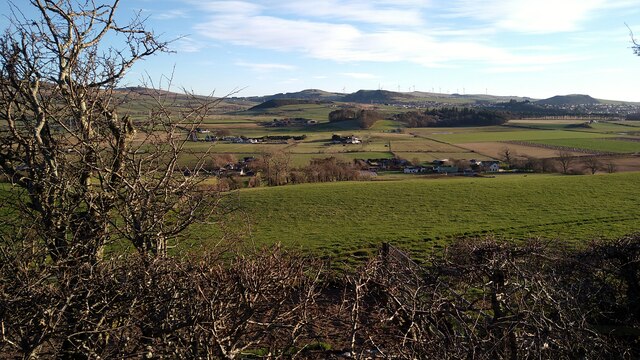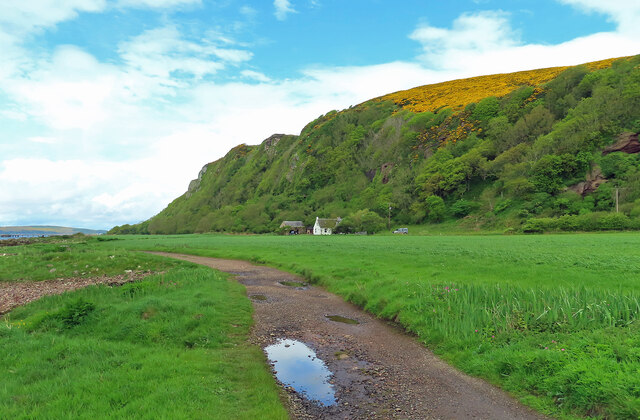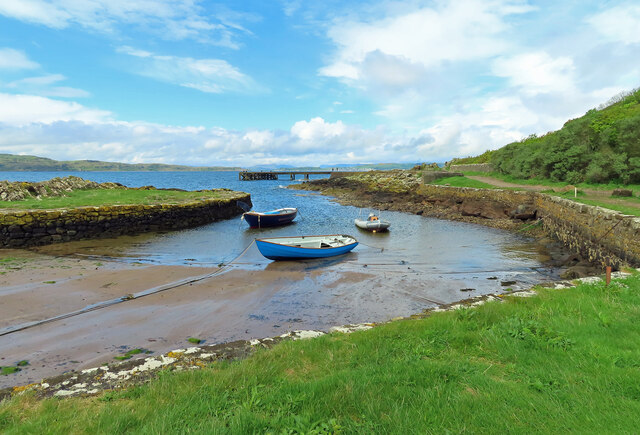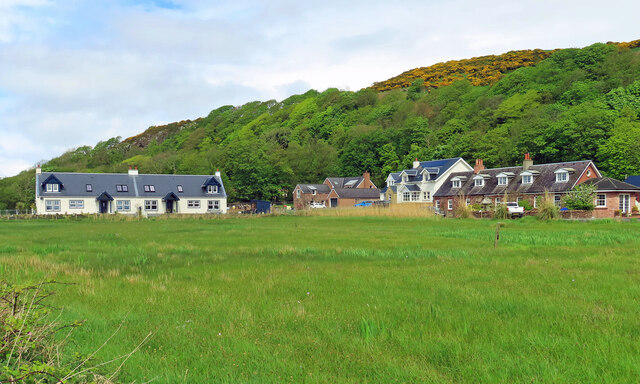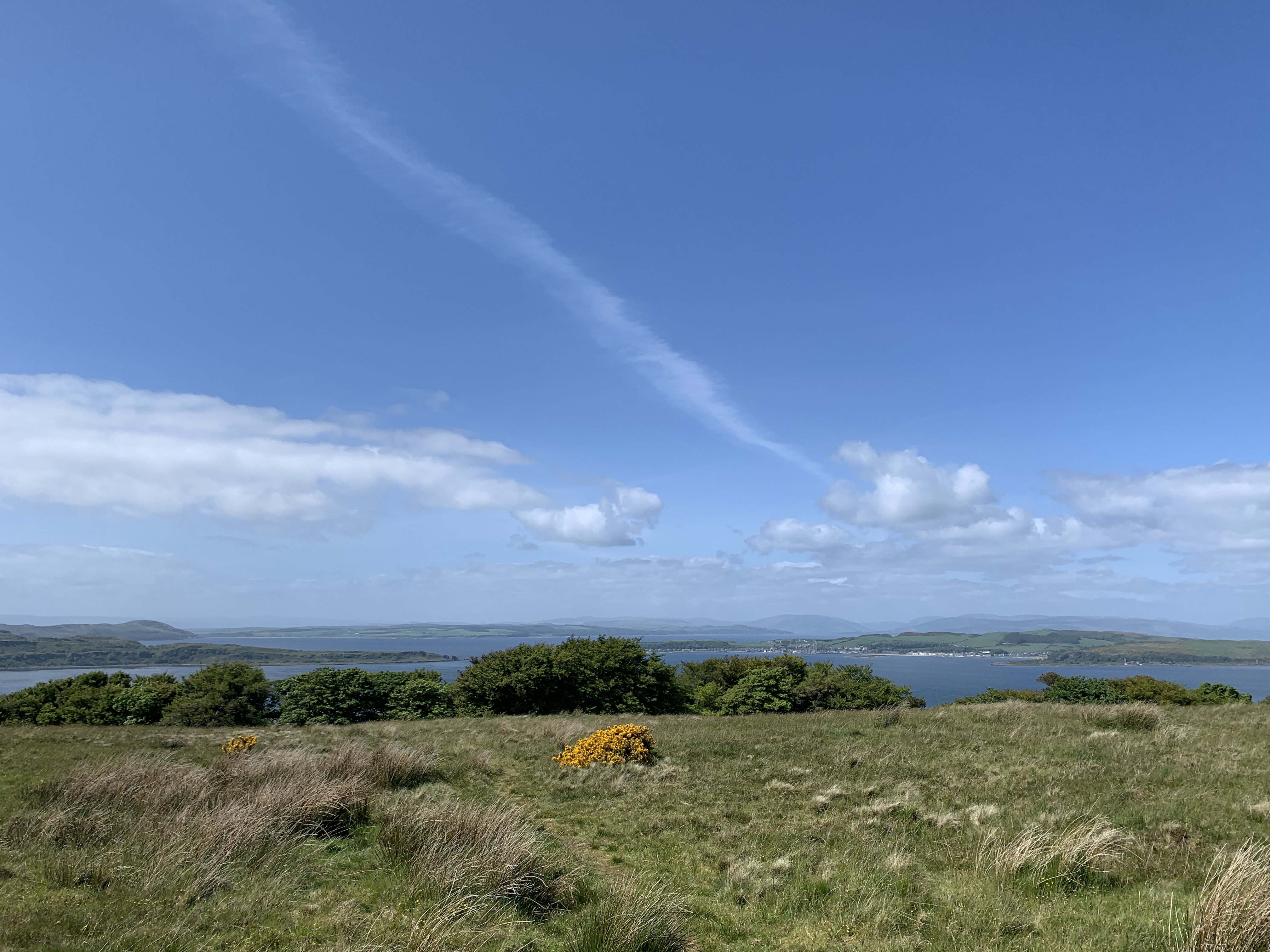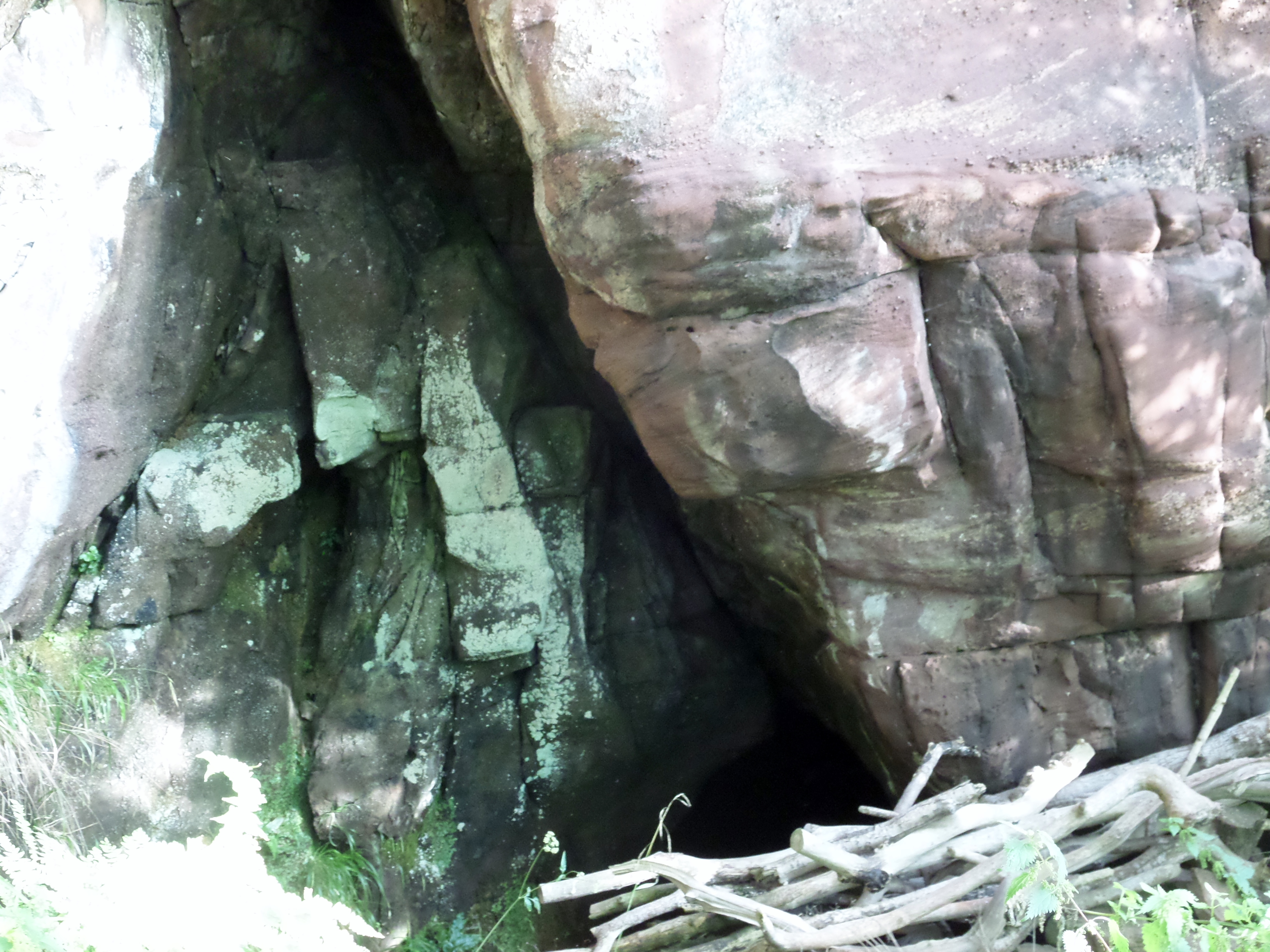Ardneil Hill
Hill, Mountain in Ayrshire
Scotland
Ardneil Hill
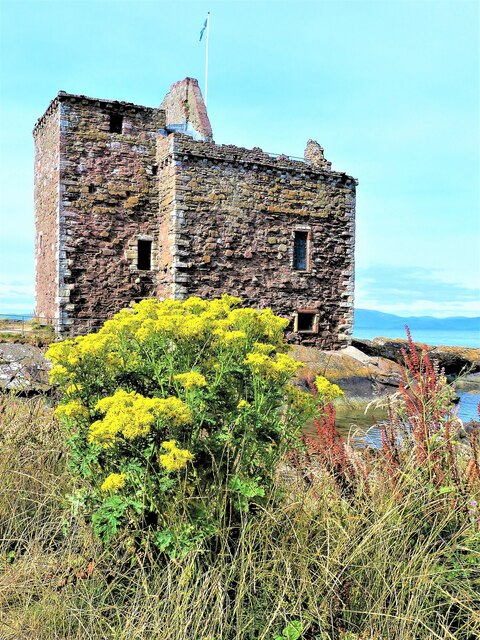
Ardneil Hill, located in Ayrshire, Scotland, is a prominent hill offering breathtaking views and natural beauty. Standing at an elevation of 334 meters (1,096 feet), it is classified as a hill rather than a mountain. Despite its relatively modest height, Ardneil Hill is a well-known landmark in the region.
This hill is situated near the small village of West Kilbride, making it easily accessible to locals and visitors alike. It is part of the Clyde Muirshiel Regional Park, which covers a vast area of scenic landscapes and diverse wildlife.
Ardneil Hill boasts a gently sloping terrain, covered with lush greenery and heather, creating a picturesque scene. The hill is popular among nature enthusiasts, hikers, and walkers, who can enjoy its numerous footpaths and trails. These paths cater to different levels of difficulty, accommodating both beginners and experienced walkers.
From the summit of Ardneil Hill, on a clear day, visitors are rewarded with panoramic views of the surrounding countryside, including the Firth of Clyde and the Isle of Arran. The hill is also an excellent vantage point to observe the diverse birdlife that inhabits the area, such as peregrine falcons, red kites, and buzzards.
Additionally, Ardneil Hill has historical significance, with remnants of ancient settlements and archaeological sites scattered across its slopes. These artifacts provide insight into the rich history of the area and offer a glimpse into the lives of the people who once called this place home.
A visit to Ardneil Hill promises a tranquil escape into nature, where one can appreciate the beauty of the Scottish countryside and immerse themselves in its rich heritage.
If you have any feedback on the listing, please let us know in the comments section below.
Ardneil Hill Images
Images are sourced within 2km of 55.710715/-4.898981 or Grid Reference NS1750. Thanks to Geograph Open Source API. All images are credited.

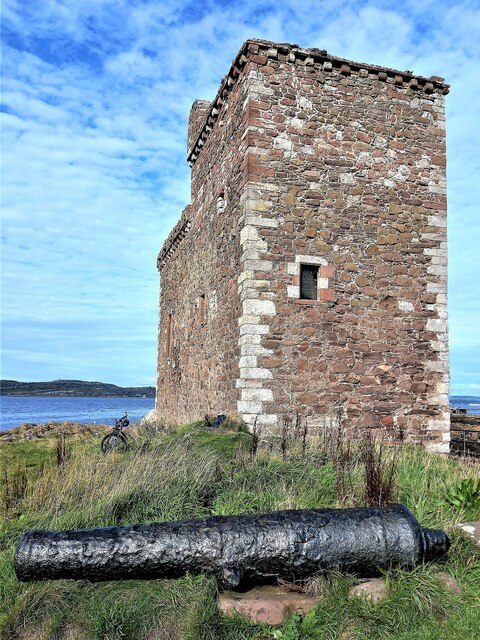
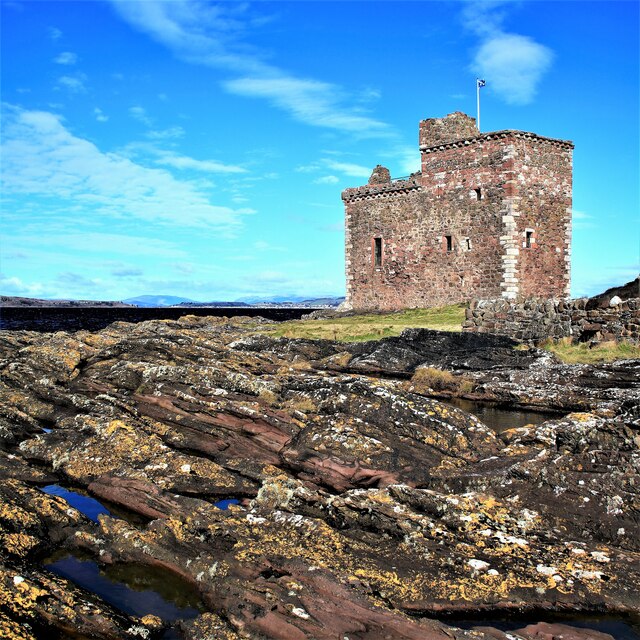
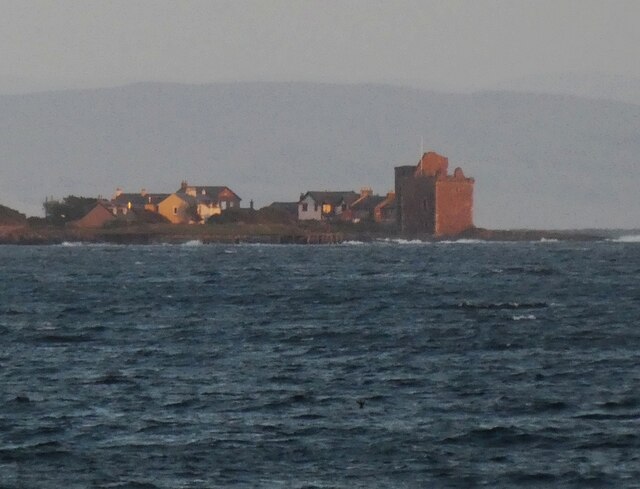
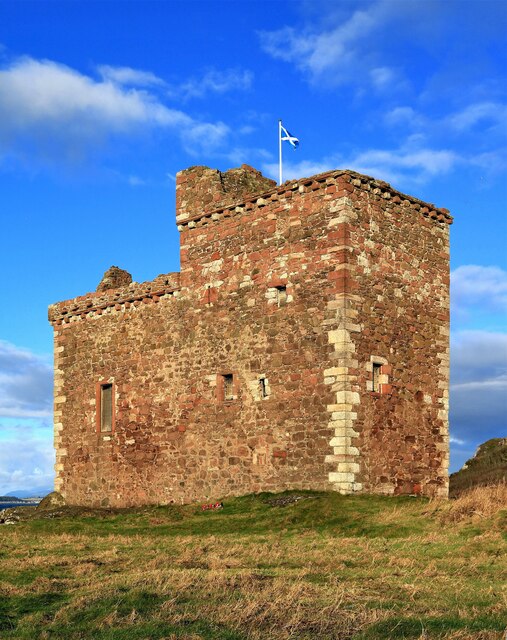
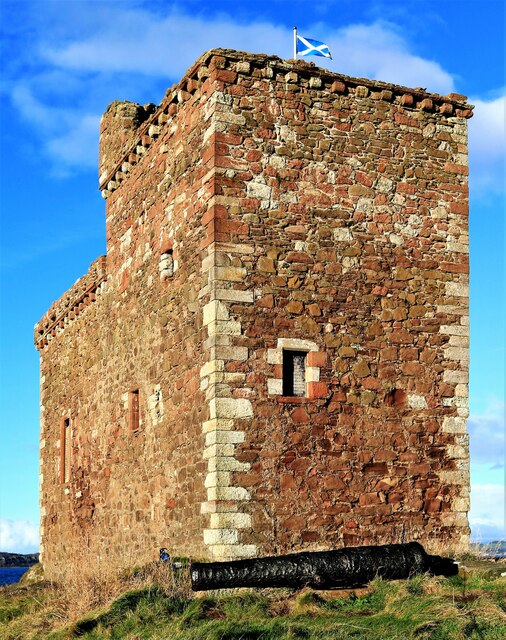
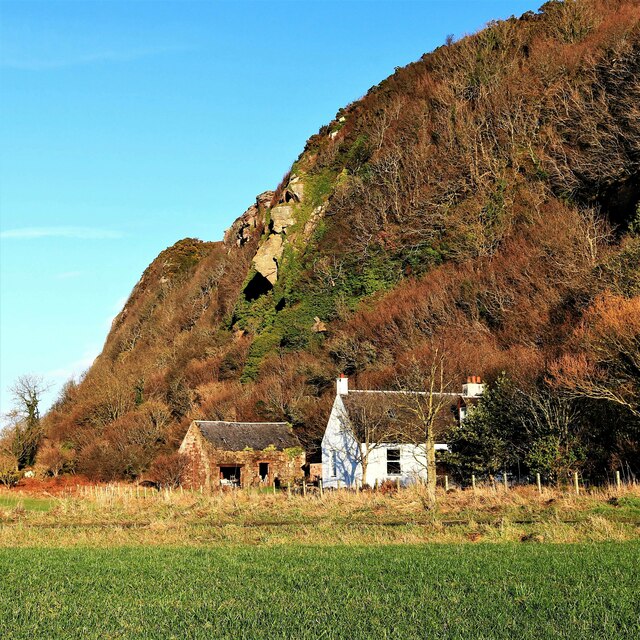
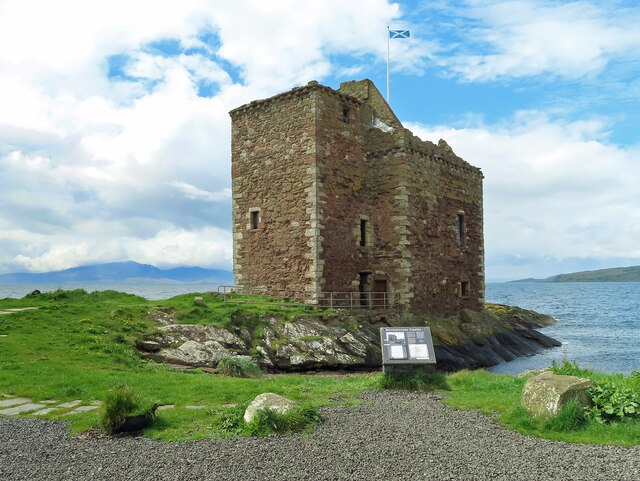
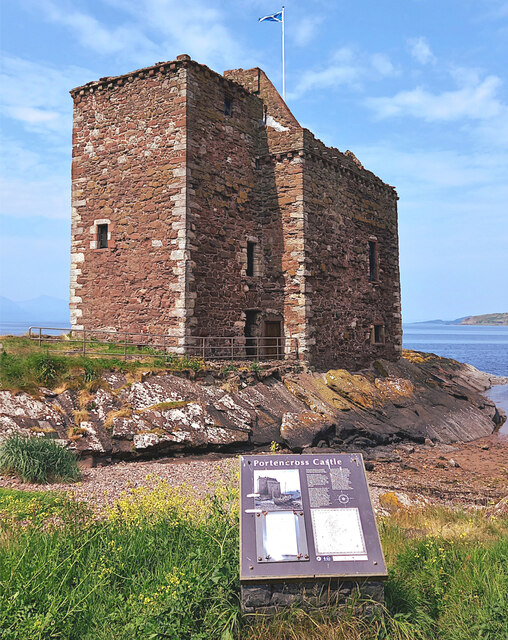
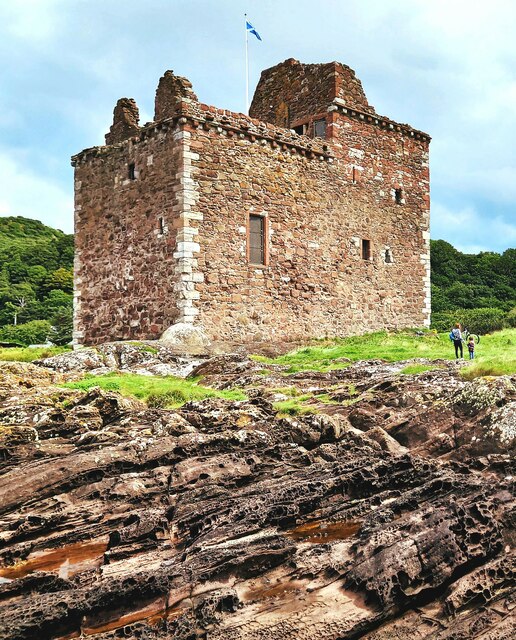
Ardneil Hill is located at Grid Ref: NS1750 (Lat: 55.710715, Lng: -4.898981)
Unitary Authority: North Ayrshire
Police Authority: Ayrshire
What 3 Words
///cope.snowstorm.eager. Near West Kilbride, North Ayrshire
Nearby Locations
Related Wikis
Goldenberry Hill
Goldenberry Hill is a hill in North Ayrshire, Scotland, near West Kilbride. It is a popular spot for walks and is visited regularly. It is 140 metres...
Murder of Mary Speir Gunn
Mary Speir Gunn (31 August 1862 – 18 October 1913) was murdered in a shooting attack at the isolated Northbank Cottage near Portencross in North Ayrshire...
The Holy Cave, Hunterston
The Holy Cave at Hunterston in the Parish of West Kilbride is associated with Saint Mungo, also known as St Kentigern and is often referred to as the Hawking...
Hunterston A nuclear power station
Hunterston A nuclear power station is a former Magnox nuclear power station located at Hunterston in Ayrshire, Scotland, adjacent to Hunterston B. The...
Nearby Amenities
Located within 500m of 55.710715,-4.898981Have you been to Ardneil Hill?
Leave your review of Ardneil Hill below (or comments, questions and feedback).
